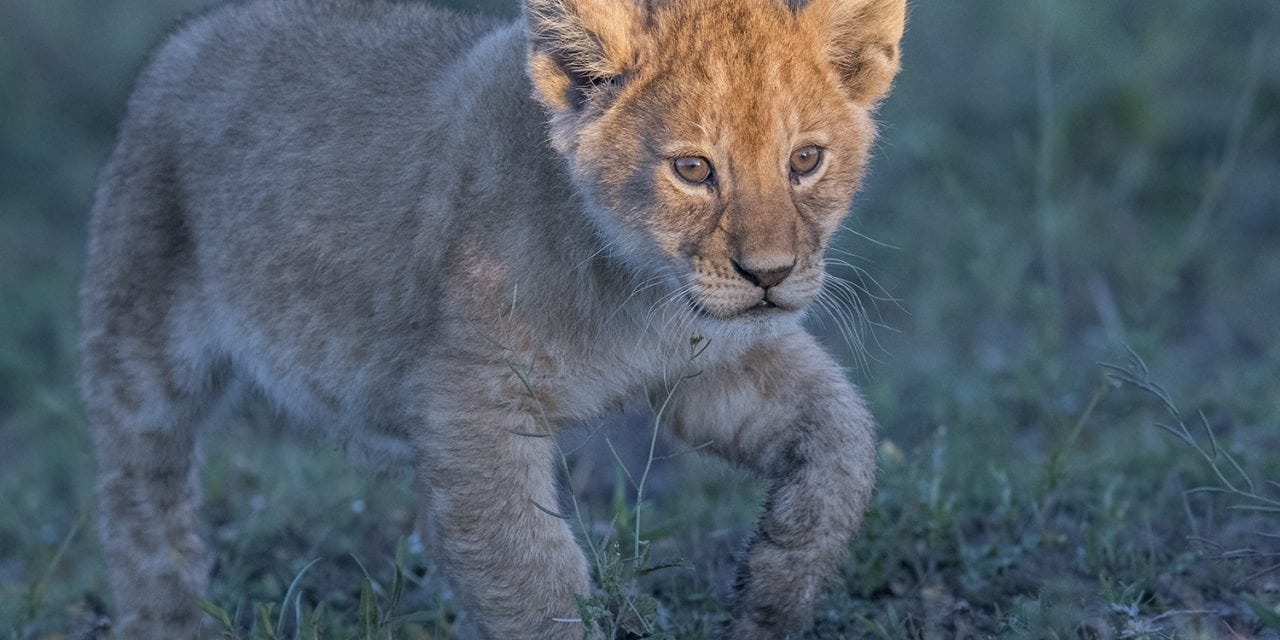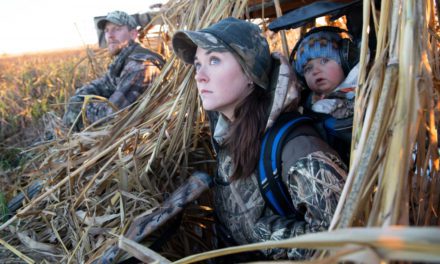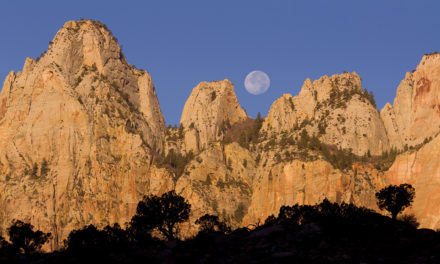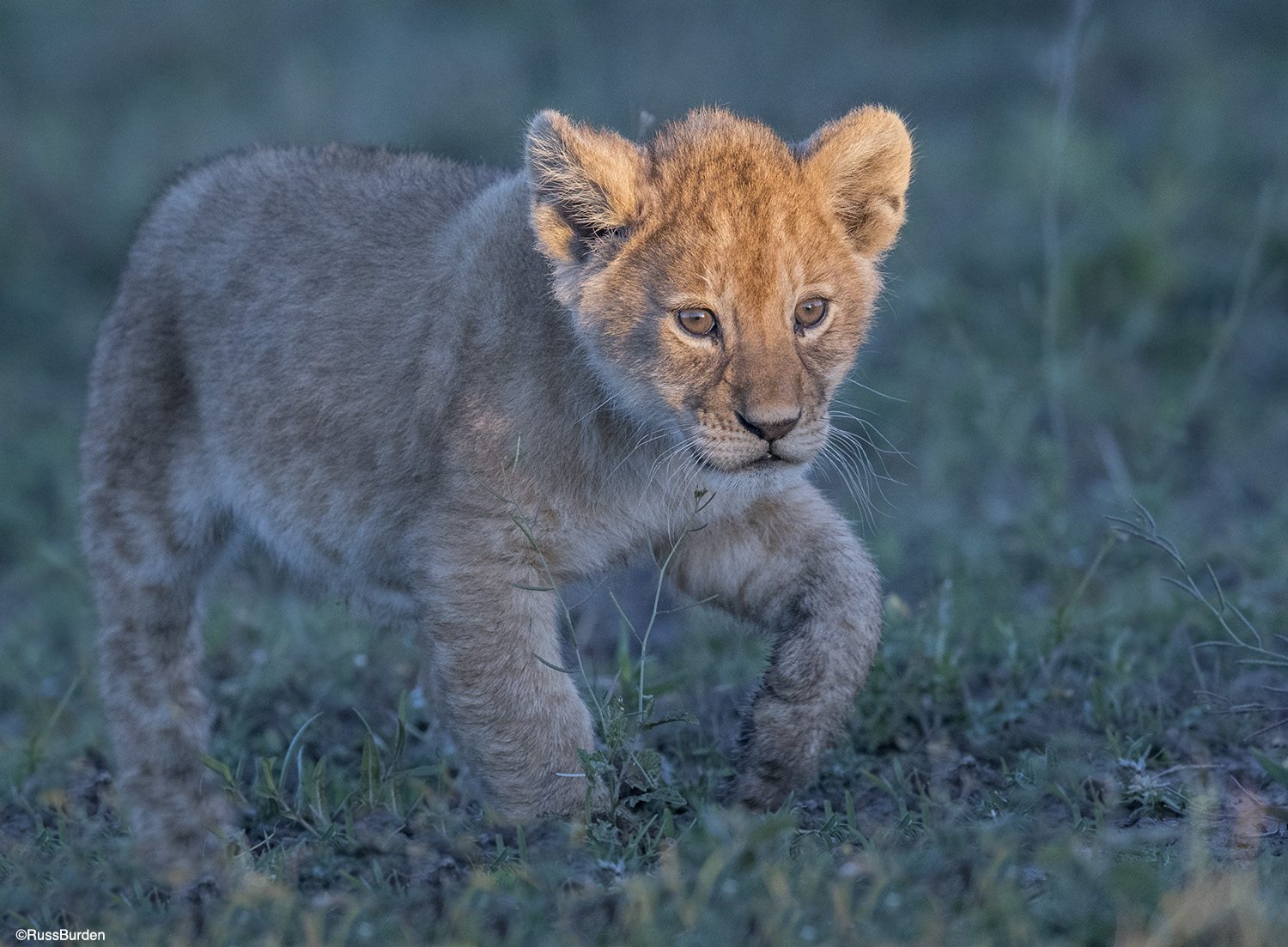
If you’re a regular reader of my Tips of the Week or have been on one of my nature photo tours or safaris, you know my photographic tag line: It’s All About The Light. For me, light is the biggest factor that determines the success of a photo. While there are other aspects, light is sacred. The word photography means to write with light. Early and late light is warm. Storm light creates drama. Low light is mysterious. Alpenglow signals the start or end of the day. I could go on, but I want to take my teaching of light in this week’s tip to a higher level and not simply put into text what may be obvious to many.
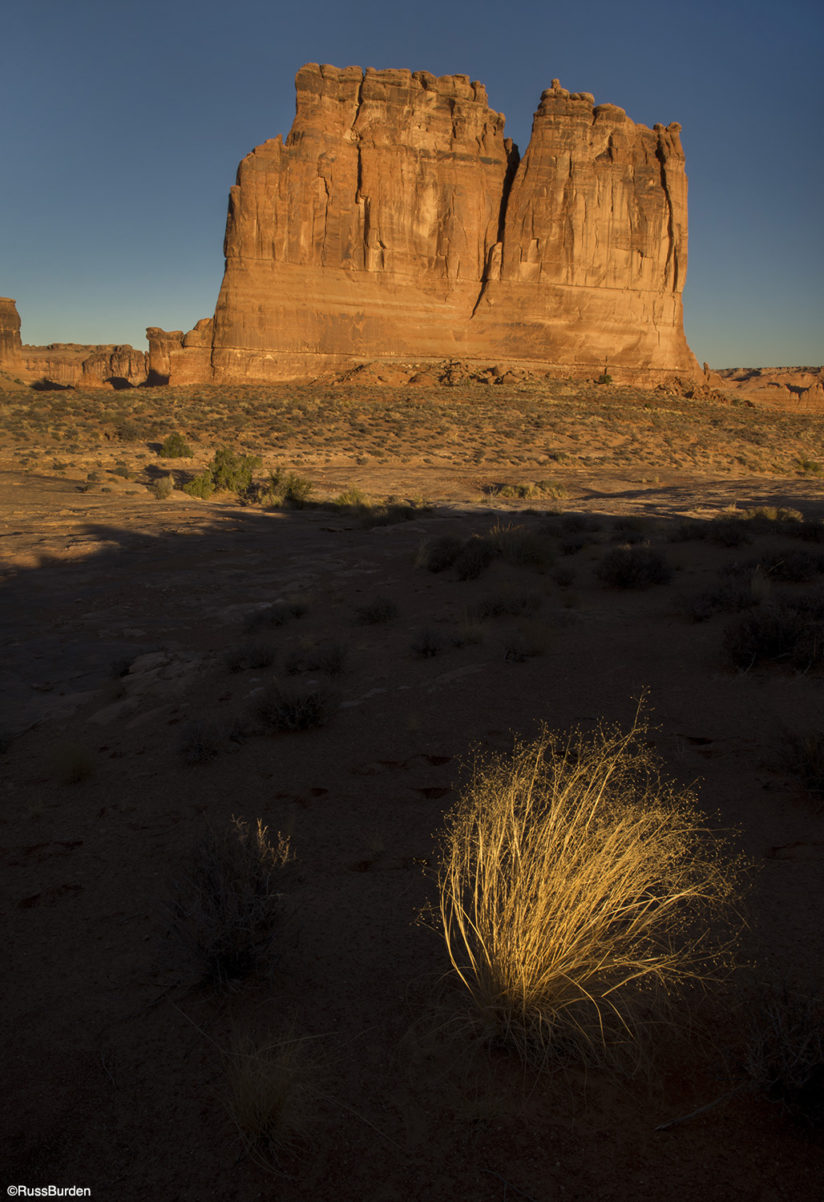
The difference between a subject in shadow or shade compared to a spot-lit subject is night and day. If you make landscape or wildlife photos, I’m sure you’ve all waited for that annoying cloud to pass that robs your primary focal point of its illumination. When it finally happens, shutter clicks abound and smiles adorn faces. The subject takes on a quality that only light can provide. But what if this idea could be taken to the next level? Imagine the possibilities. Enter the concept of The Edge Of Light. Rather than bathe your entire subject with luminescence, take it to the next level and solely light the most important parts of the subject while the rest is subdued in darker values.
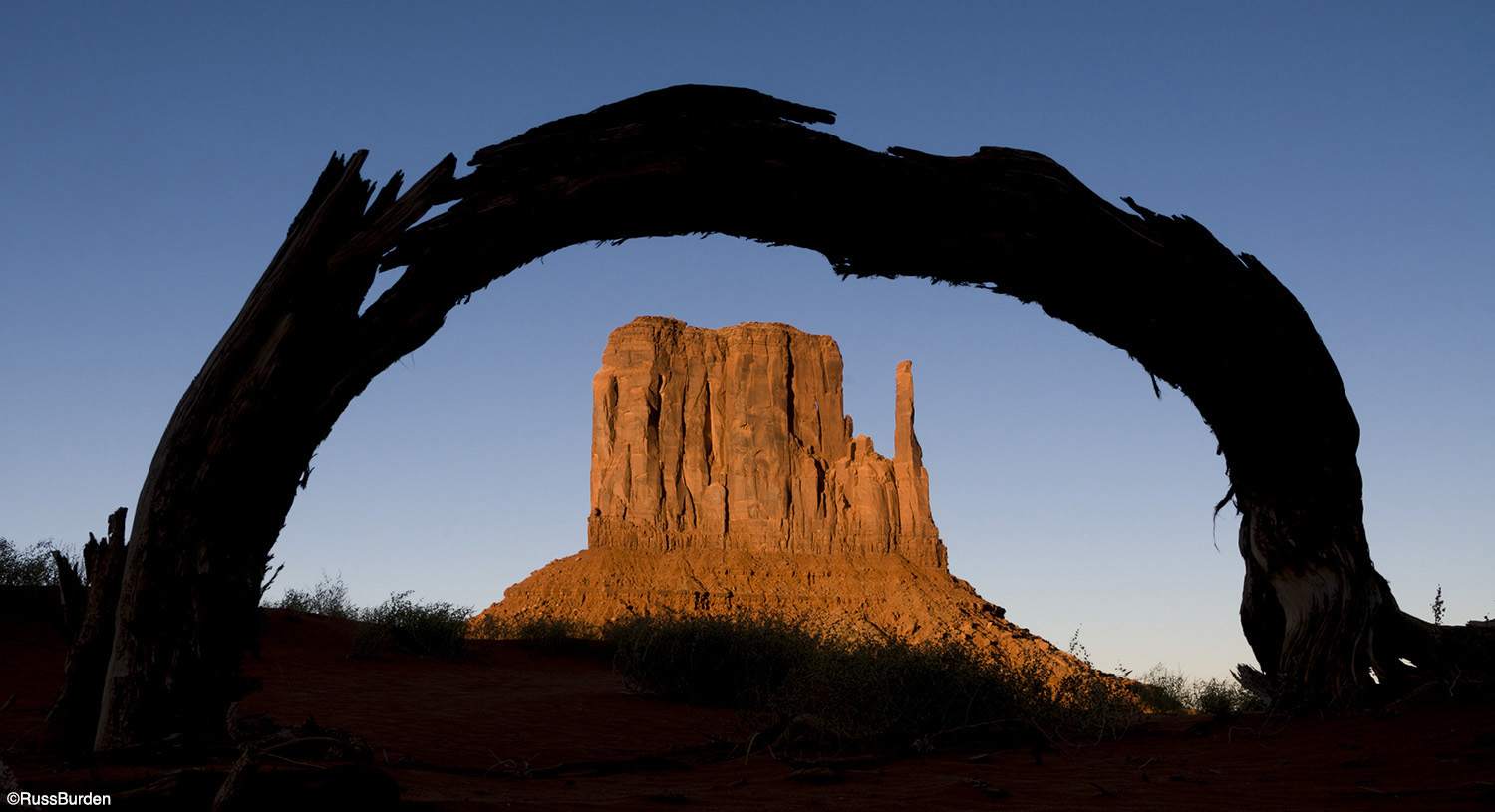
Since the eye is always drawn to the brightest or most saturated part of a photo, whatever portion of the composition receives more brilliance the viewer’s eye will go to first. The goal of a photo that lives on the edge of light is to capture a subject where just the most important section is illuminated. In the case of wildlife, this more than likely means the face and eyes. If it’s a landscape, the primary formation should be lit along with other supporting elements, and the rest of the image should fall into shadow.
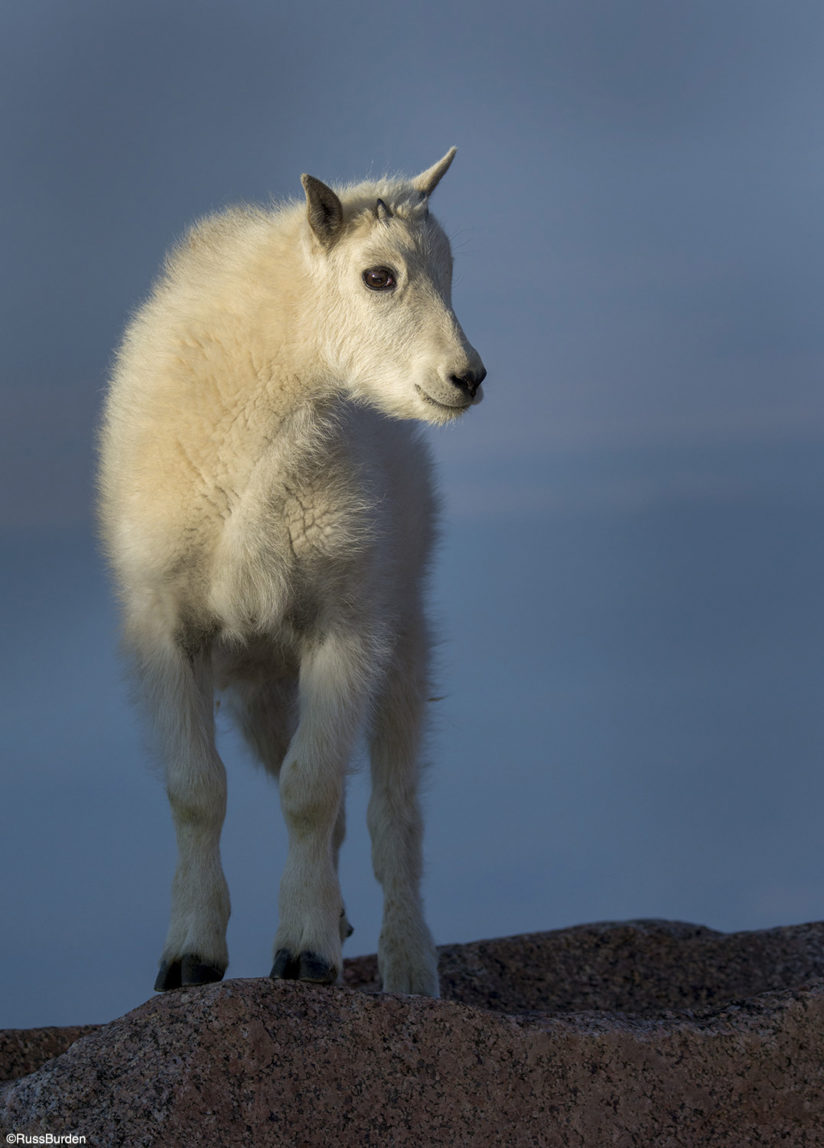
To capture an edge-of-light photograph, be patient since the subject and light must harmonize on a much smaller scale than if the entire area within the viewfinder was lit by the sun. Always be on the ready. Keep your eye glued to the viewfinder and have your finger instantly react to fire the shutter. There’s a very fine line that occurs between missing the harmonious relationship of the line of light and the placement of the subject. Landscapes are easier to capture as edge-of-light photographs because the formations don’t move. It’s a matter of being in the right place at the right time and watching the nuances of light as they paint highlights and shadows across the land. When the effect you want is created, press the shutter. It may mean returning at a different time of year dependent upon the light angle and how it rakes across foreground and background subjects.
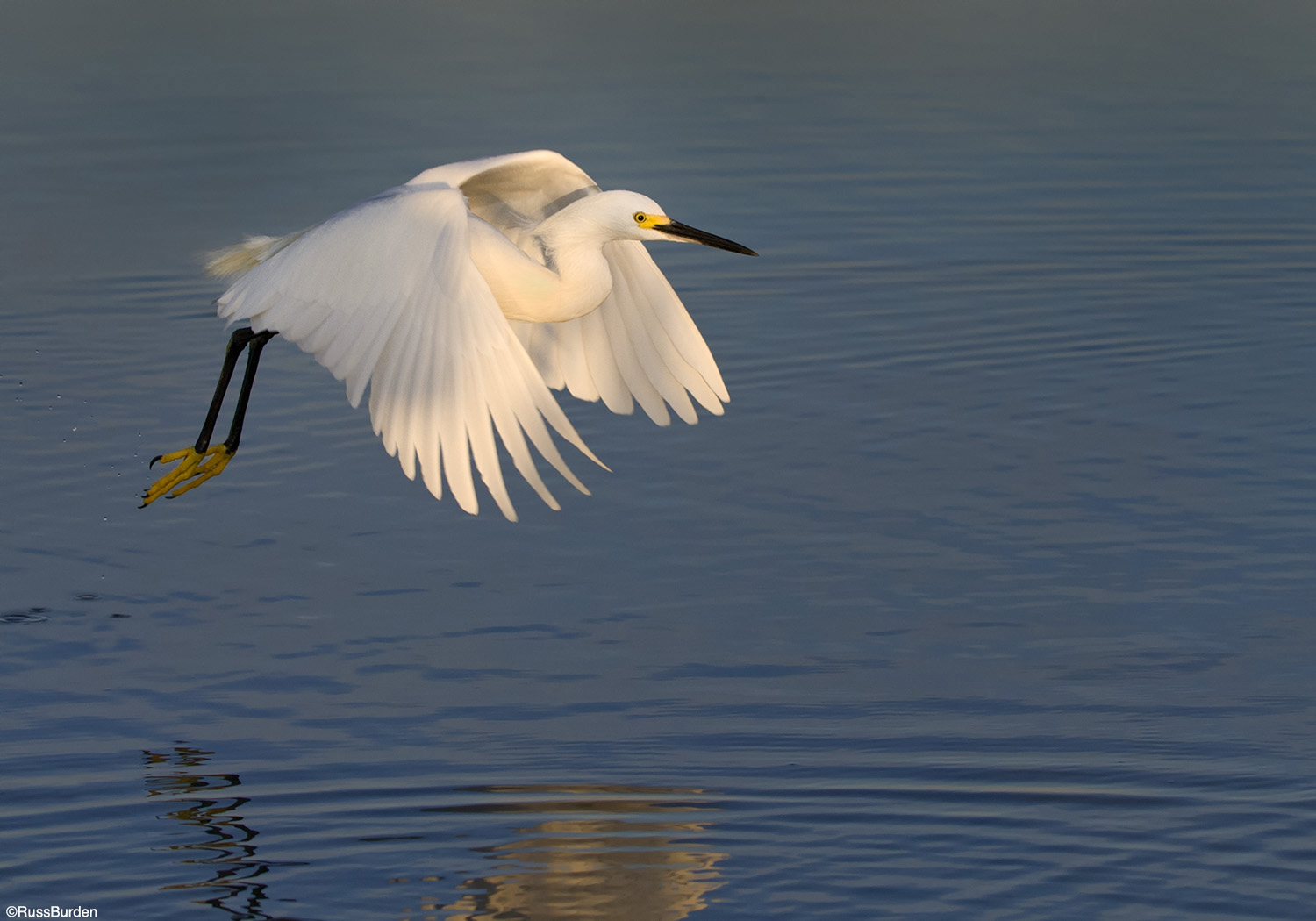
Wildlife subjects are more difficult to capture as edge-of-light photos given their need to move, especially if they’re fast, in flight or fleeing/chasing another subject. Motor drive, a touch of luck and the photographer’s intensity to stay glued to the shutter all come into play. You want to be in the field at sunrise and sunset so the sun is low on the horizon. Some part of the landscape needs to feather the light and cause shadows. The main subject needs to be bathed in light. It’s at that exact millisecond the shutter should be pressed. Manual exposure is imperative if you work with a bright subject. Base your meter reading as if the sun was shining on it. Start following the subject when it’s in the shade and continue to make photos until it passes into the sunlit section. The exposures will be dark when the subject is in the shade, but that’s fine. Your goal is to wind up with a photograph where the face and eyes shine brightly and the rest of the subject is in shade. You’ll wind up with many deletes, but when that one shot pops up on the computer, your ear-to-ear grin will be one of the biggest you’ve ever displayed.
Visit www.russburdenphotography.com for information about his nature photography tours and safari to Tanzania.
The post The Edge Of Light appeared first on Outdoor Photographer.

